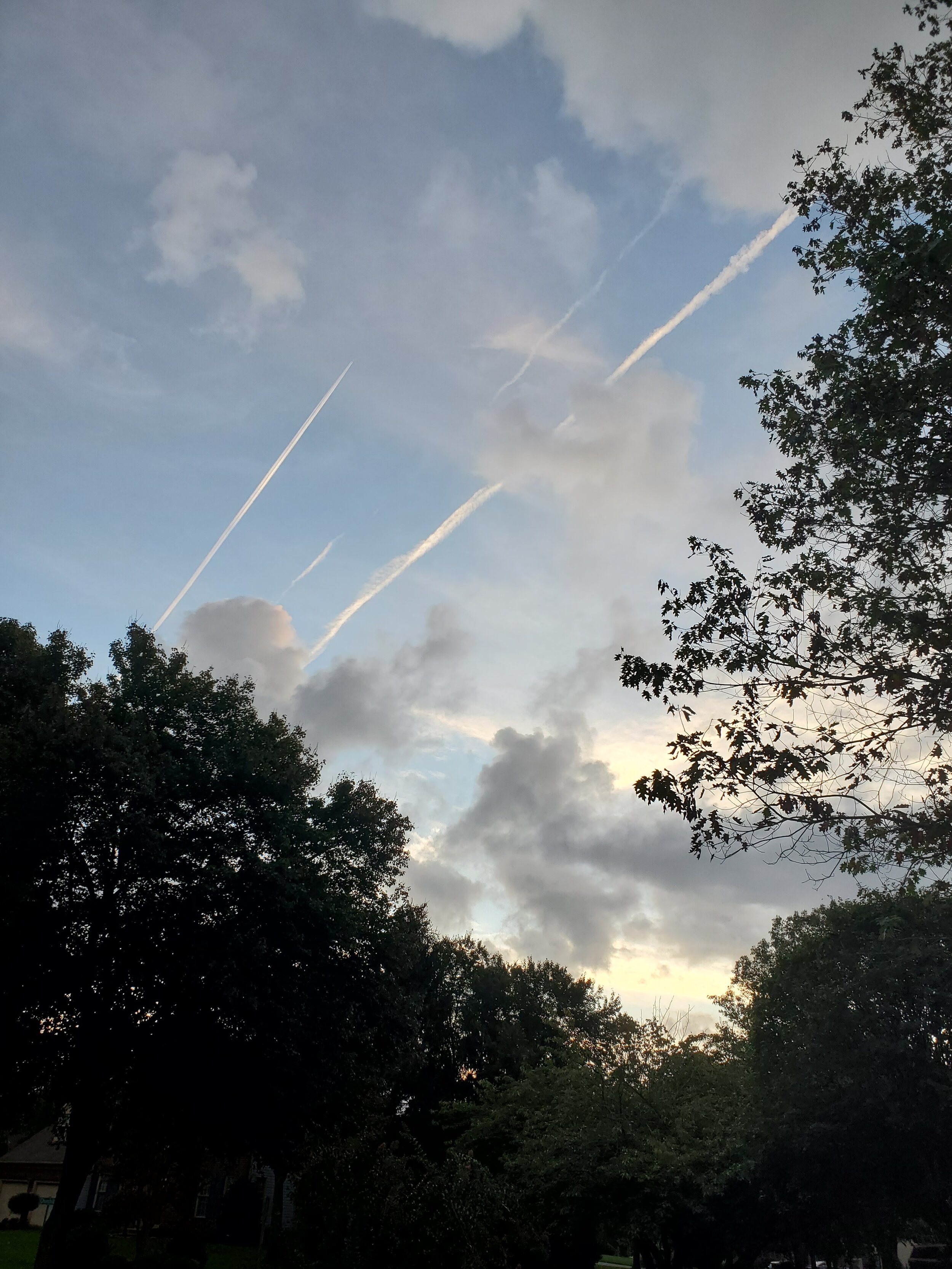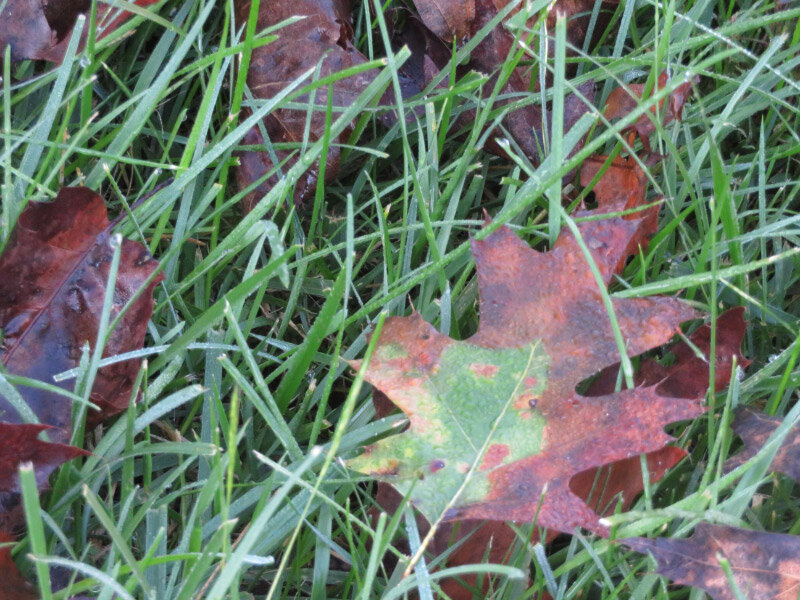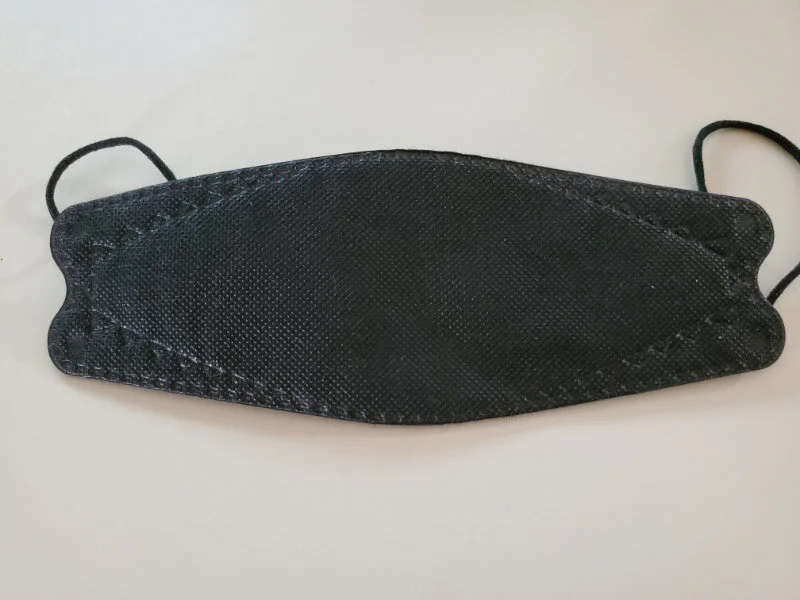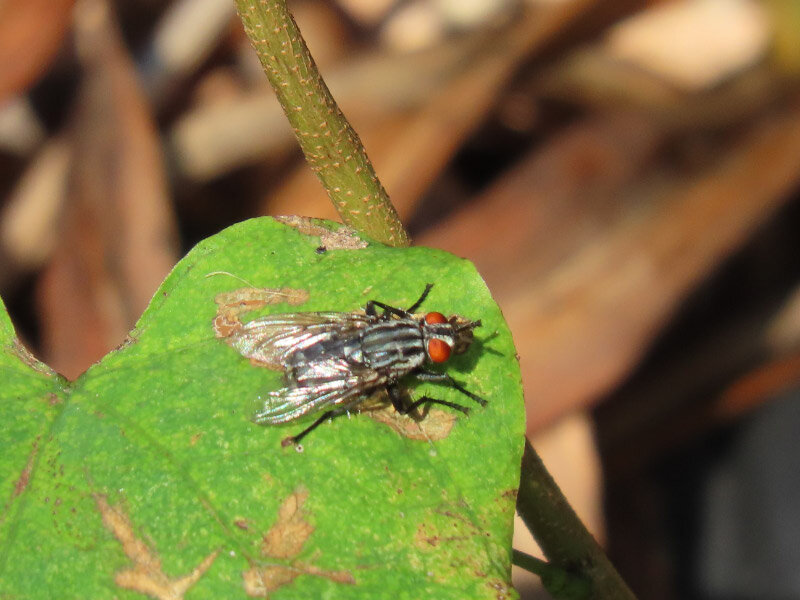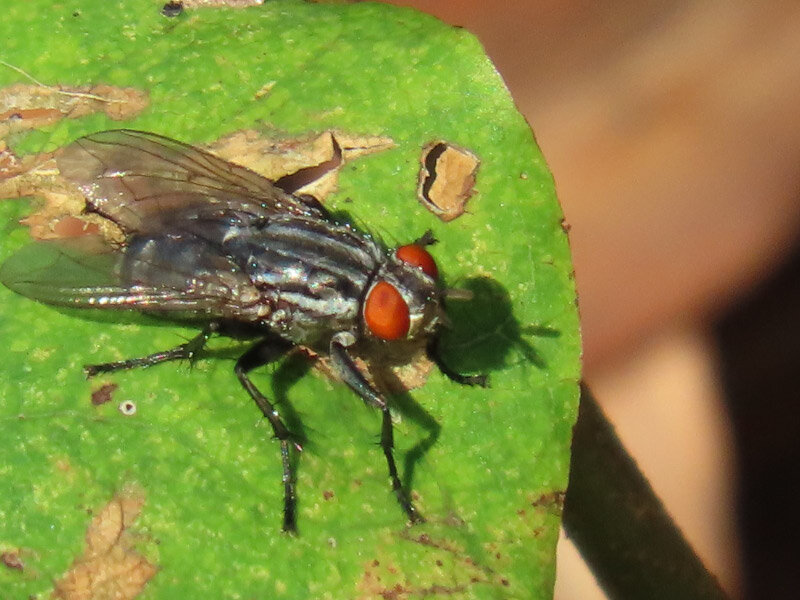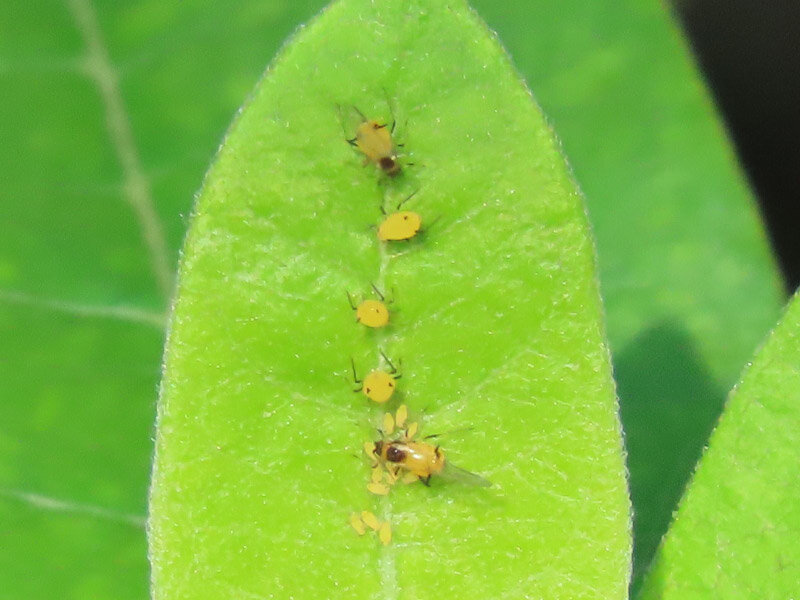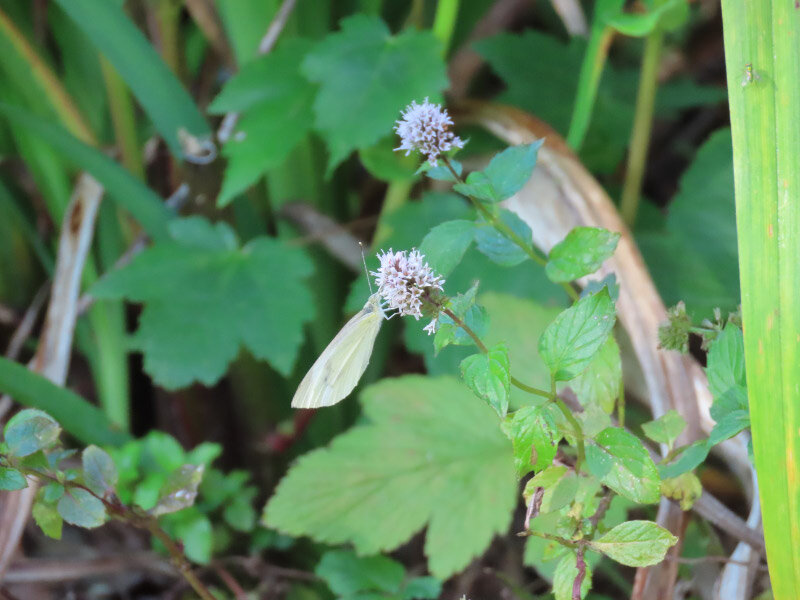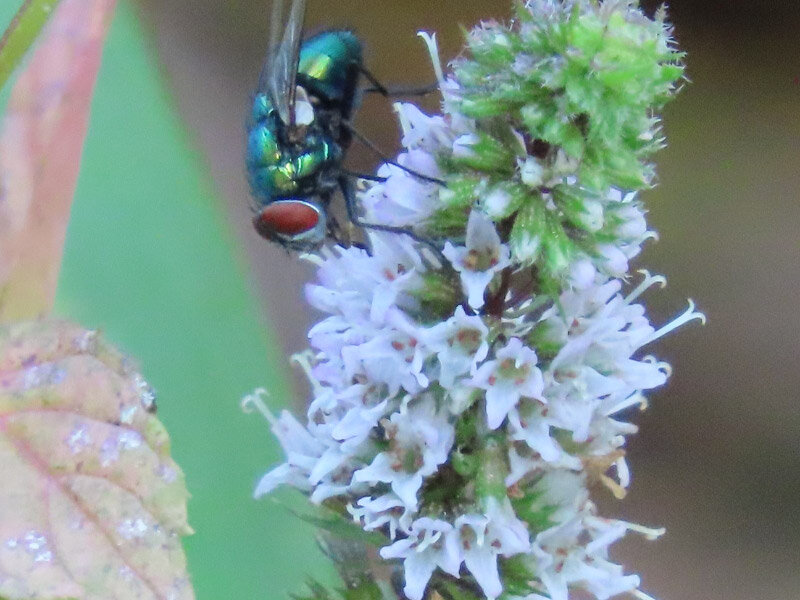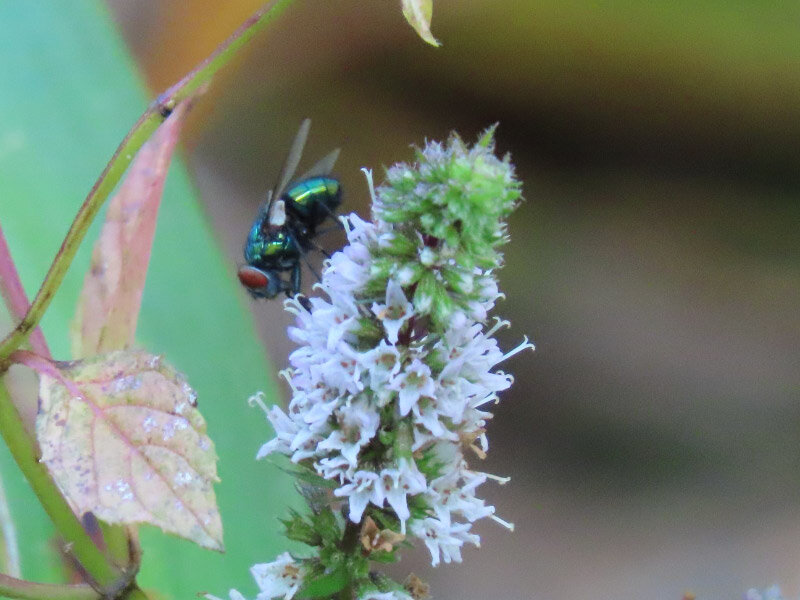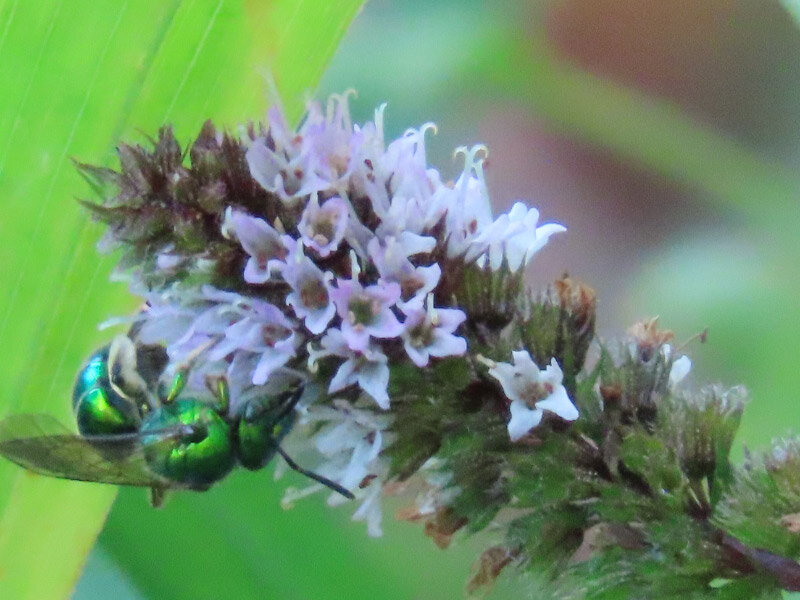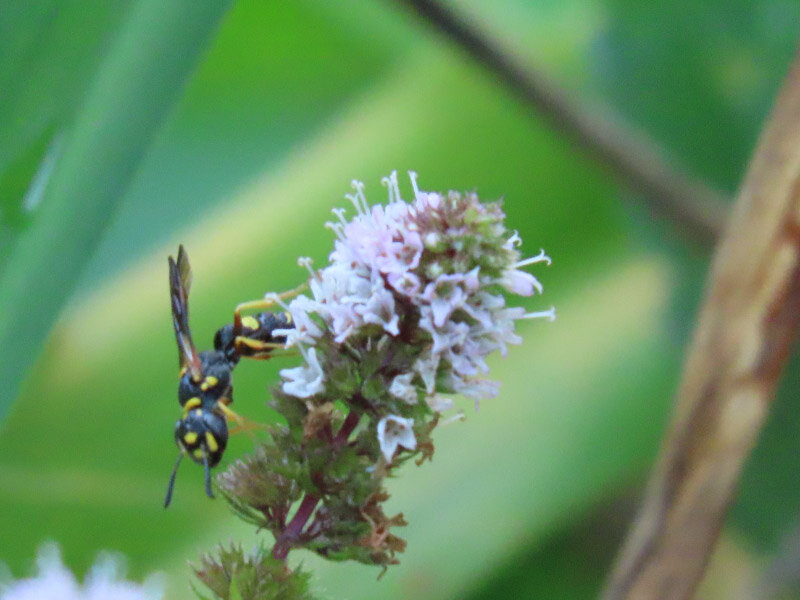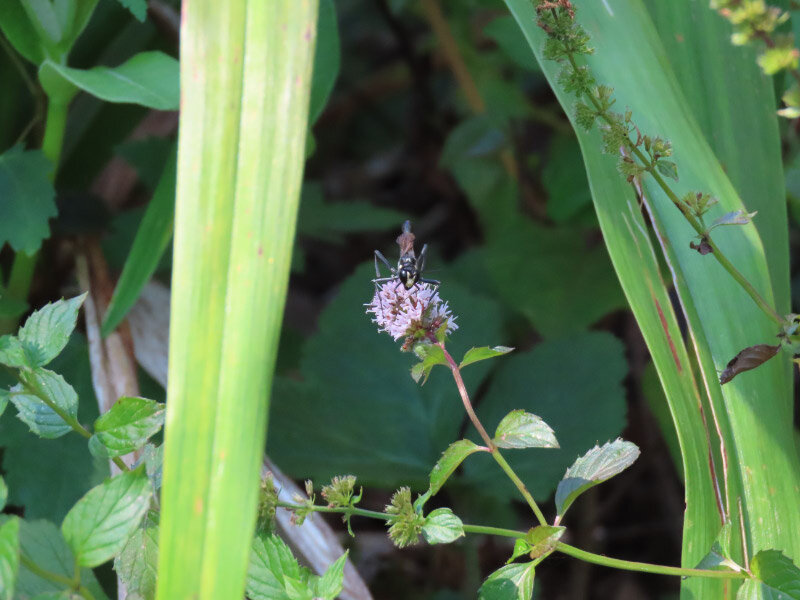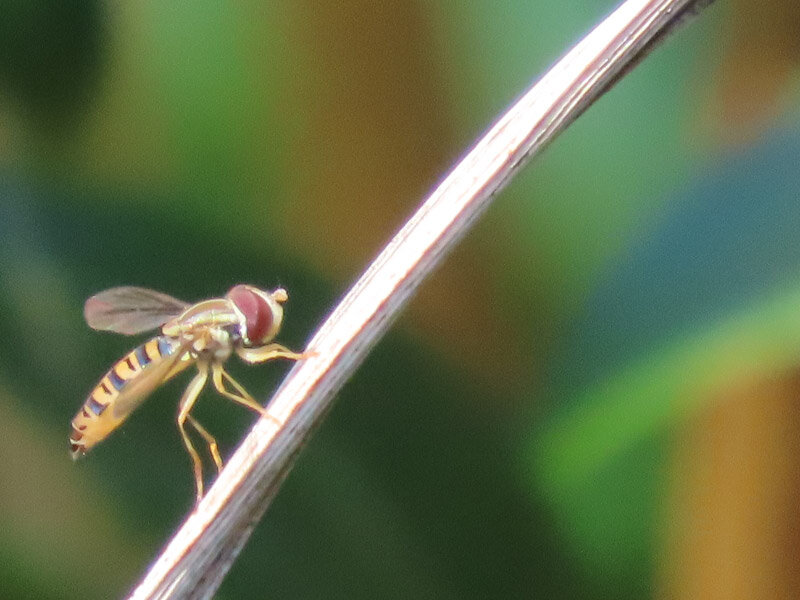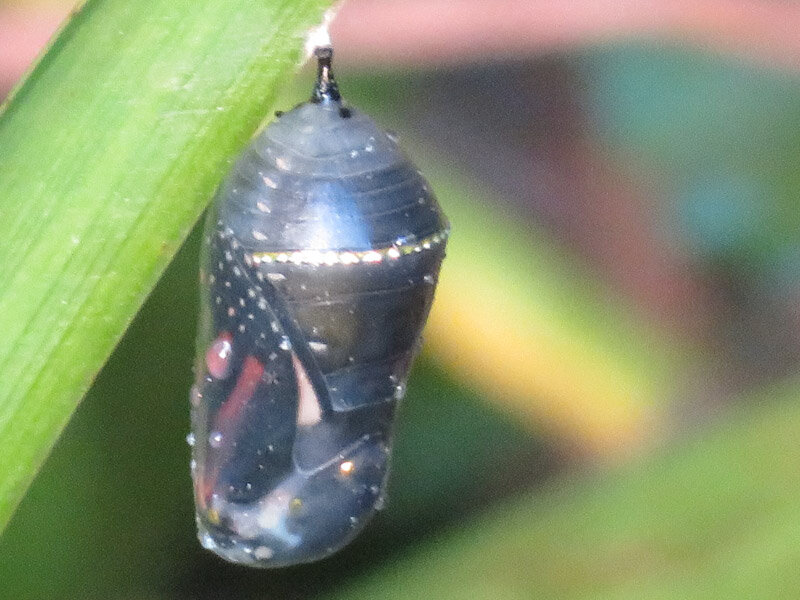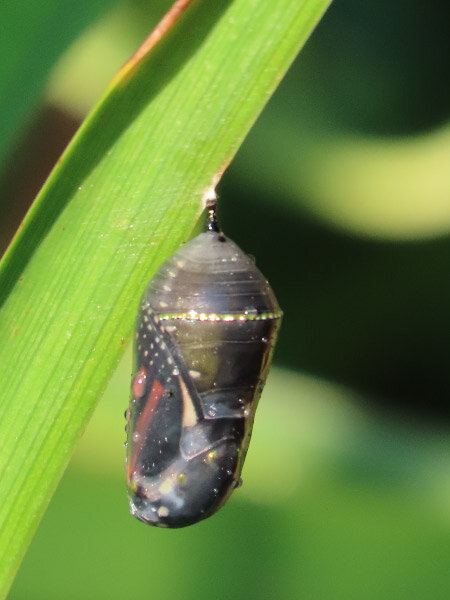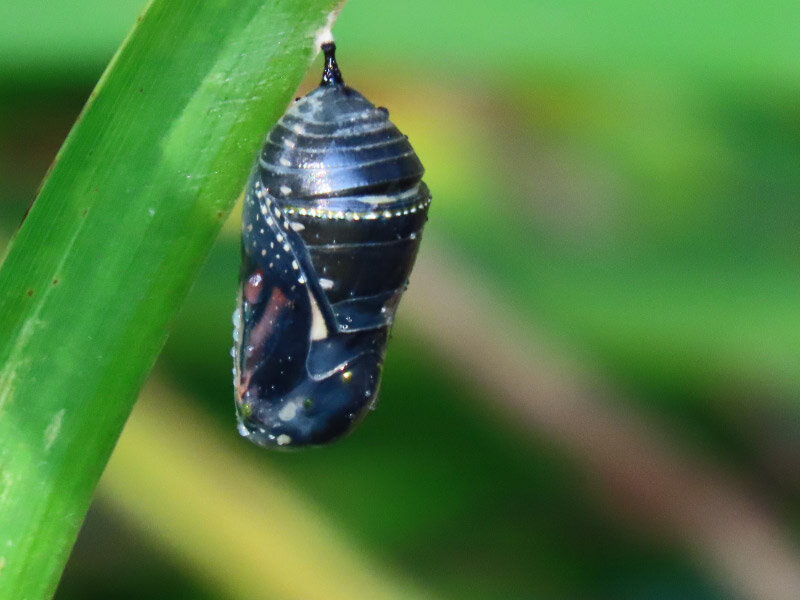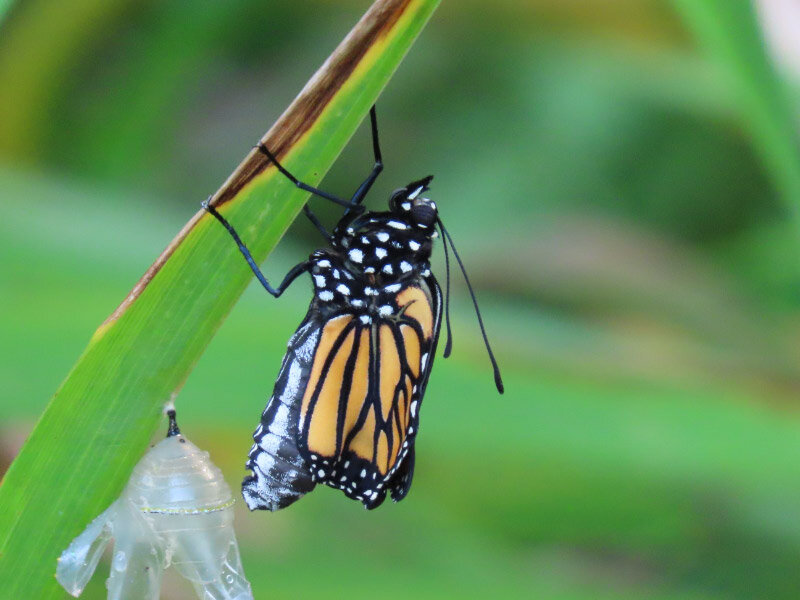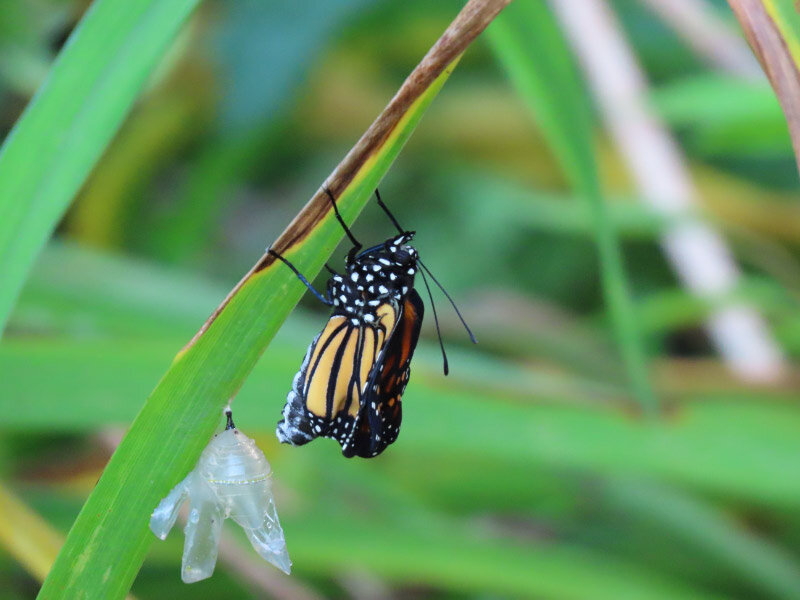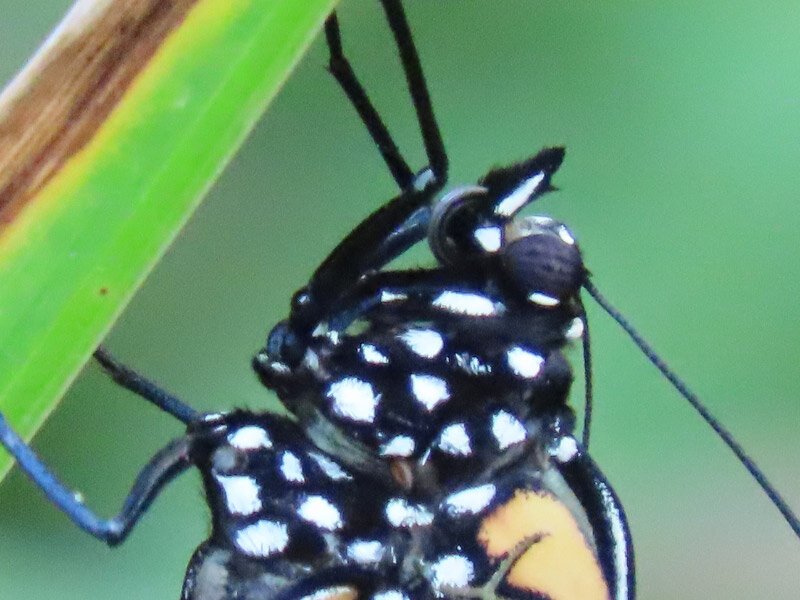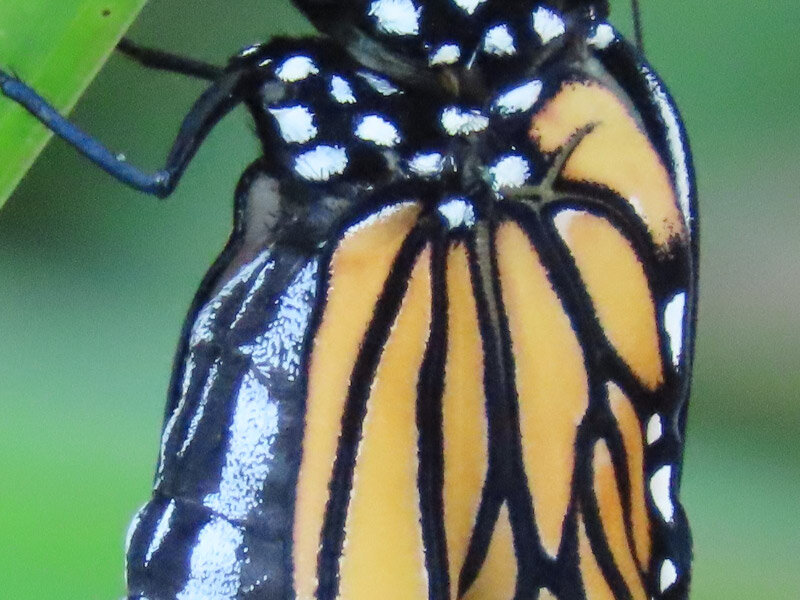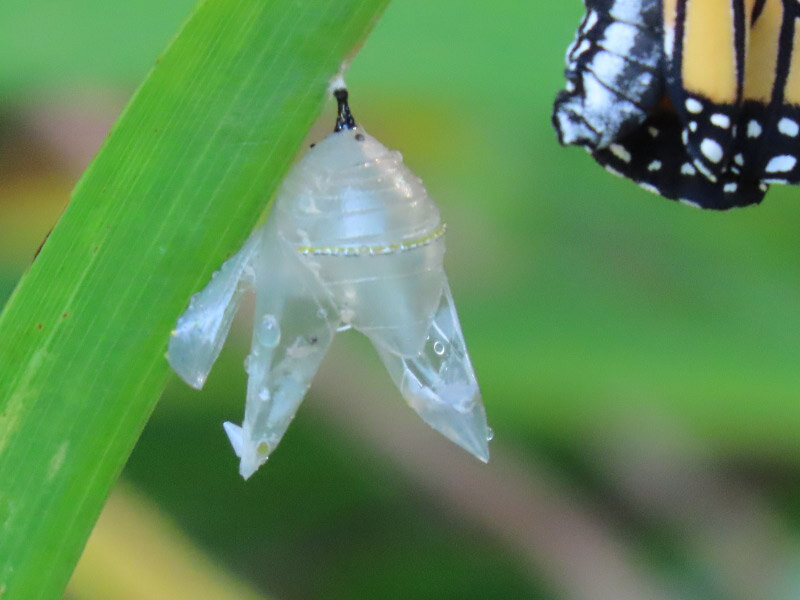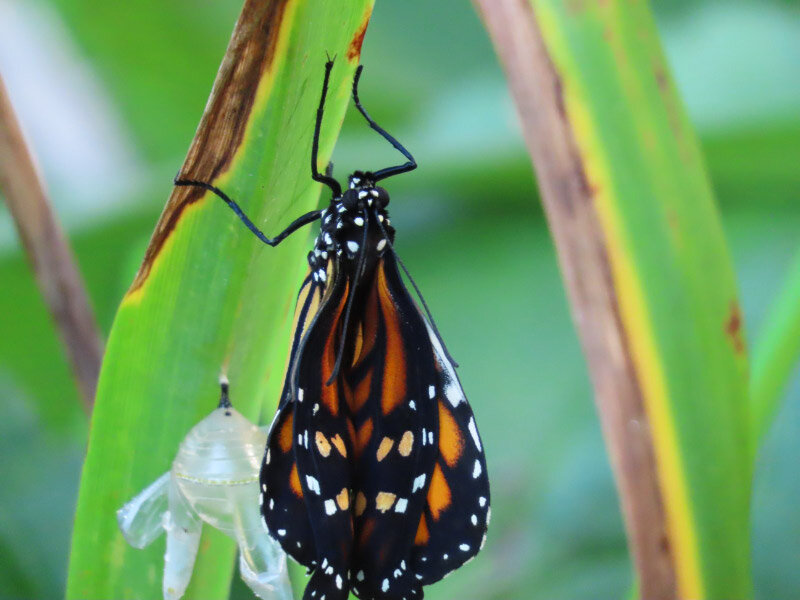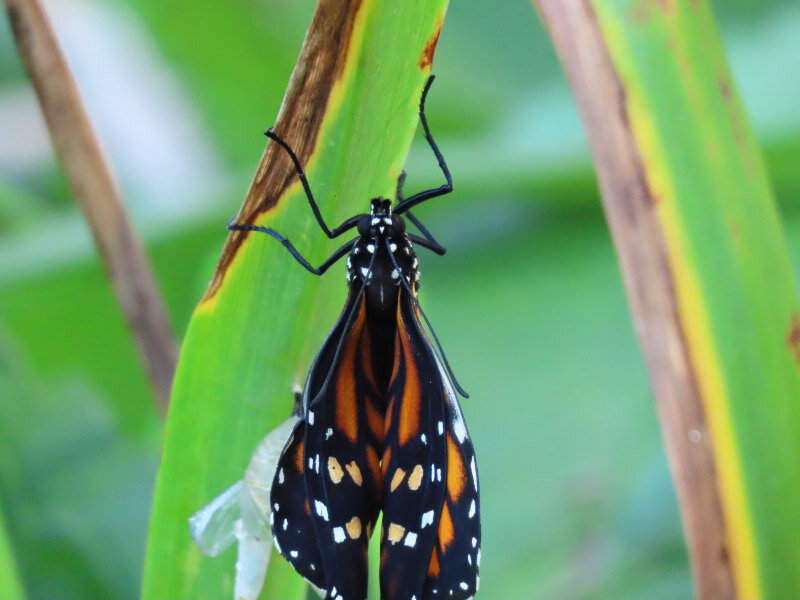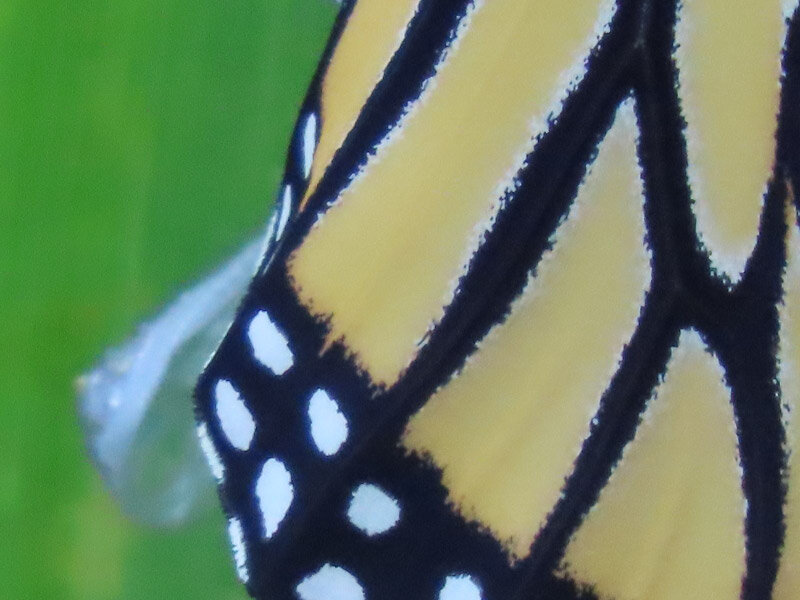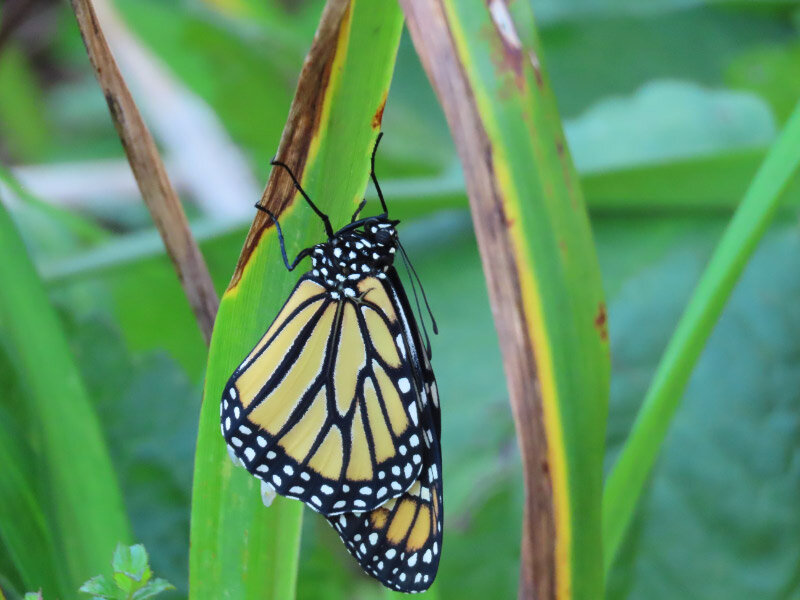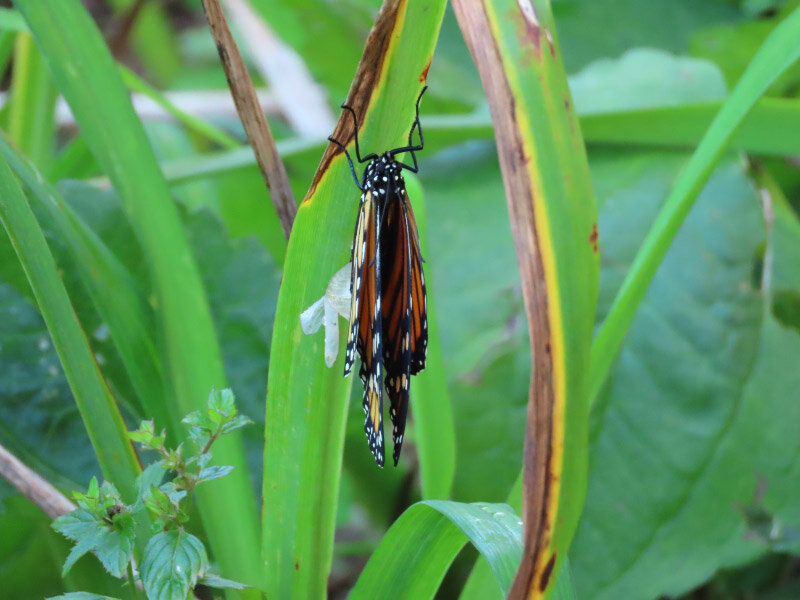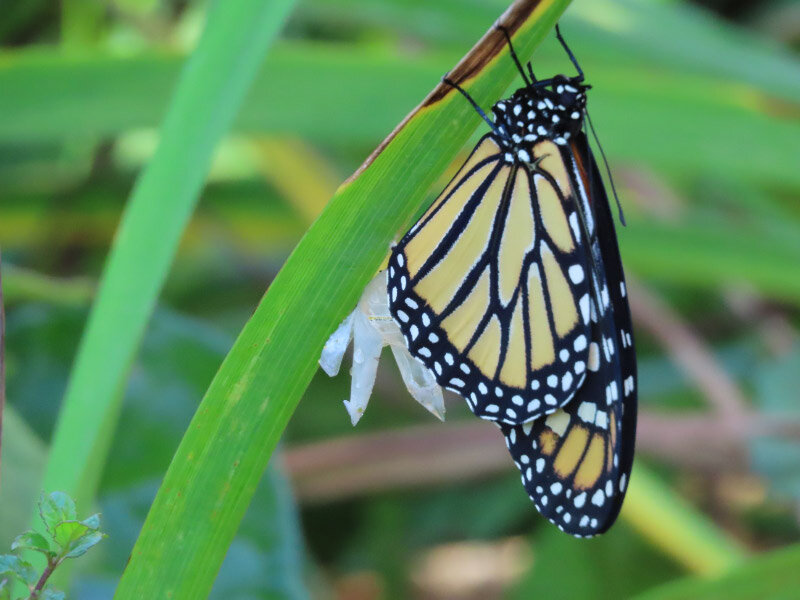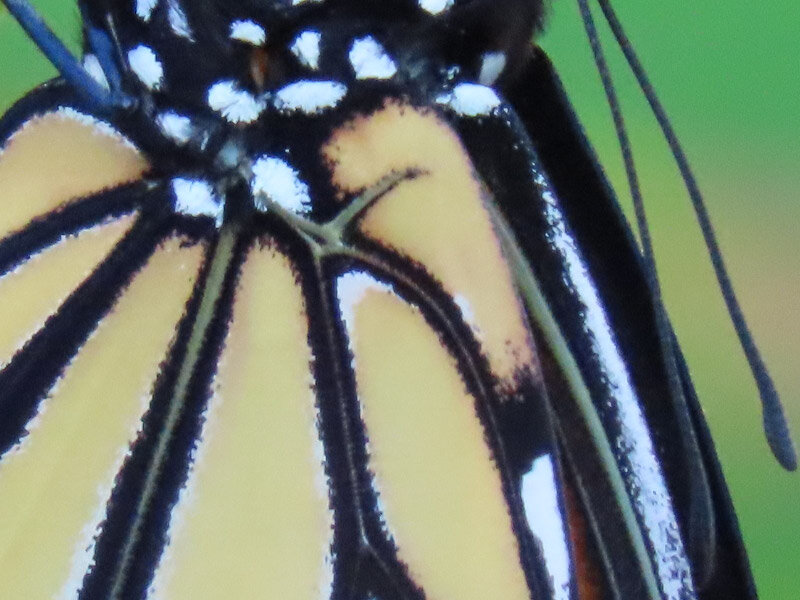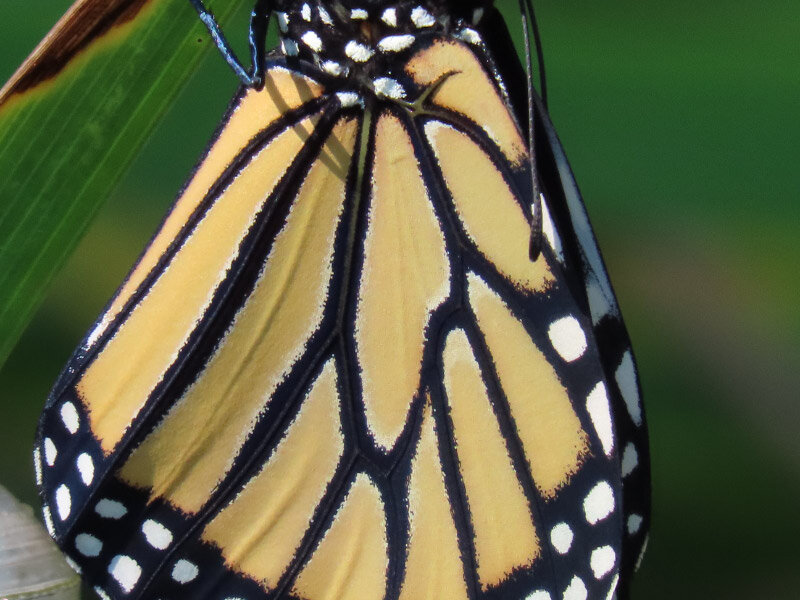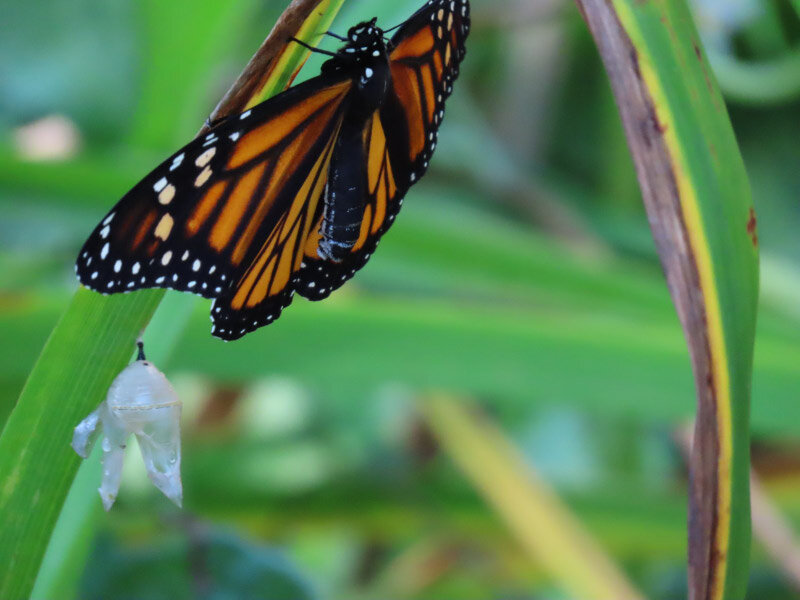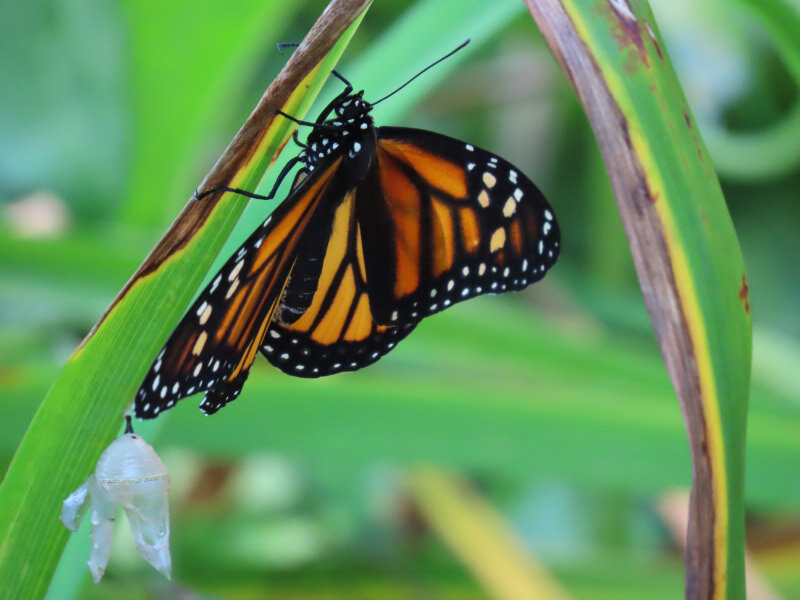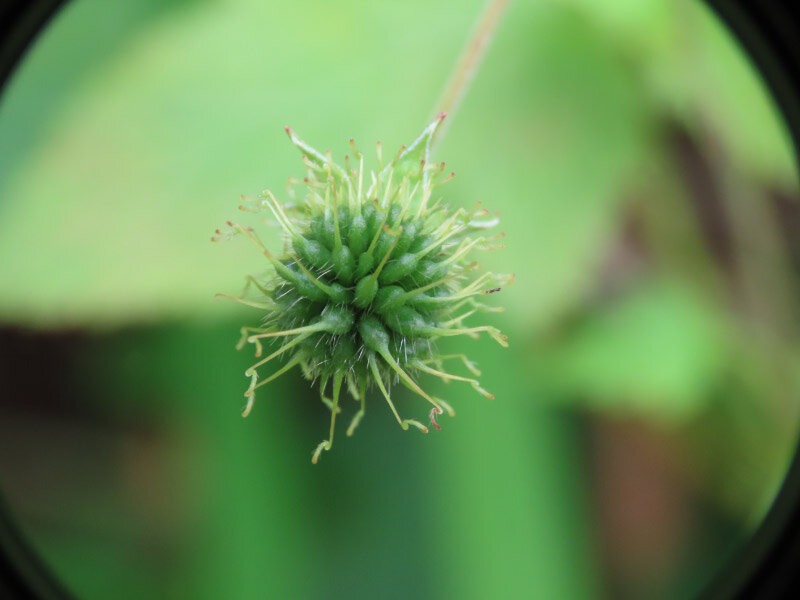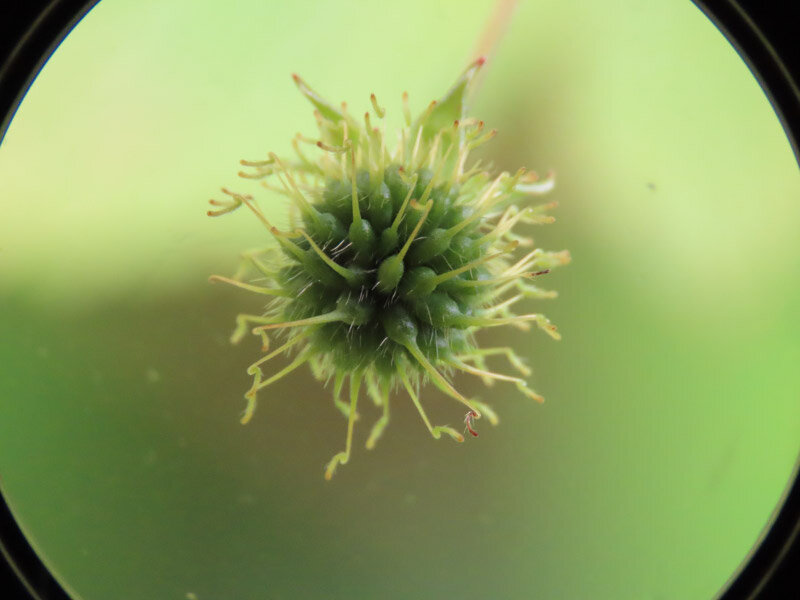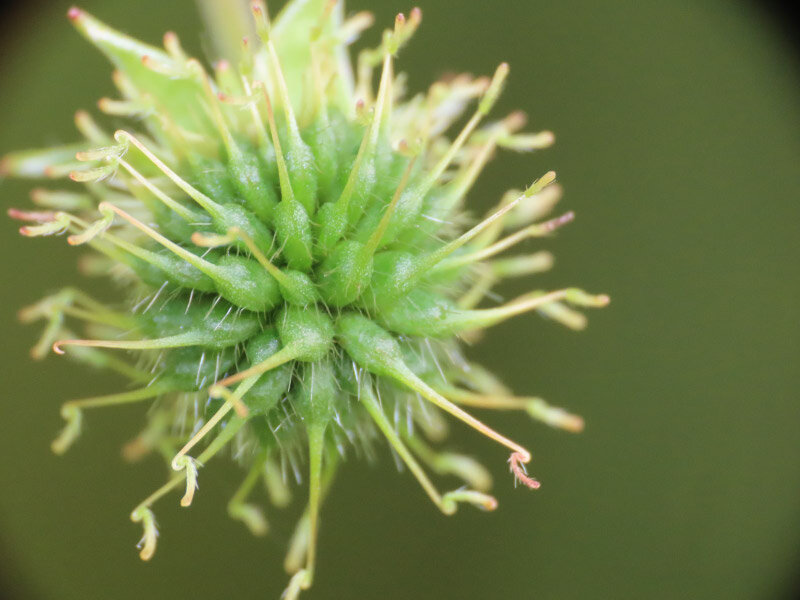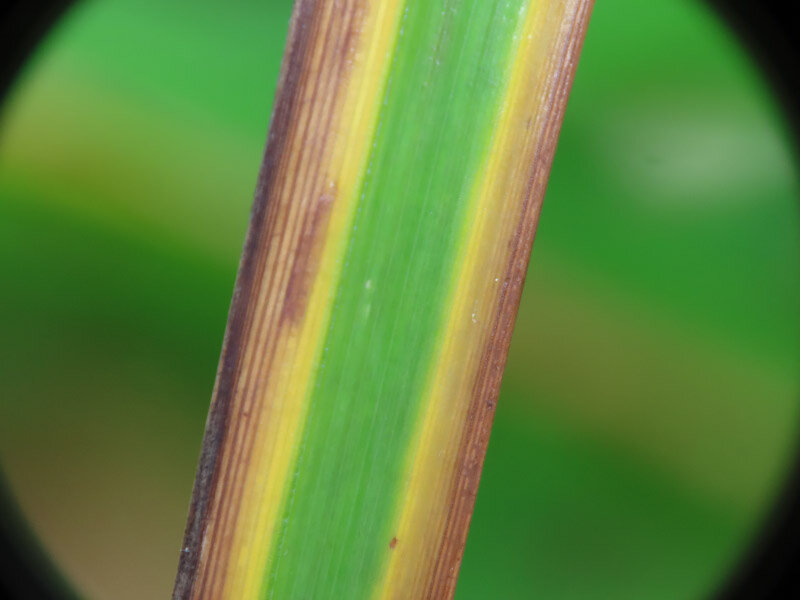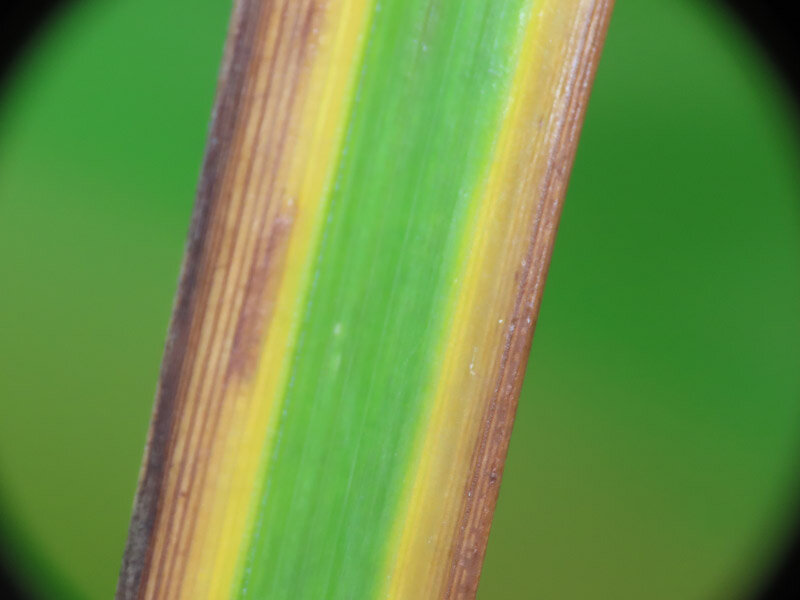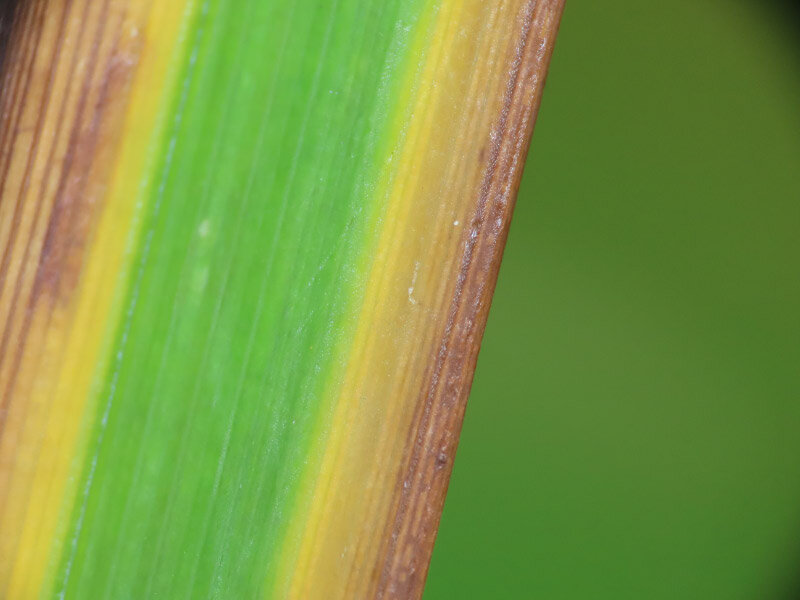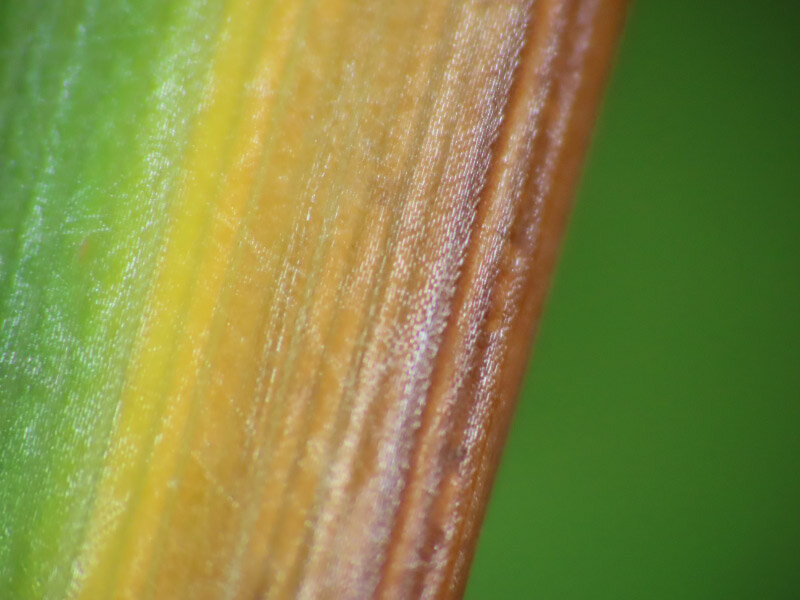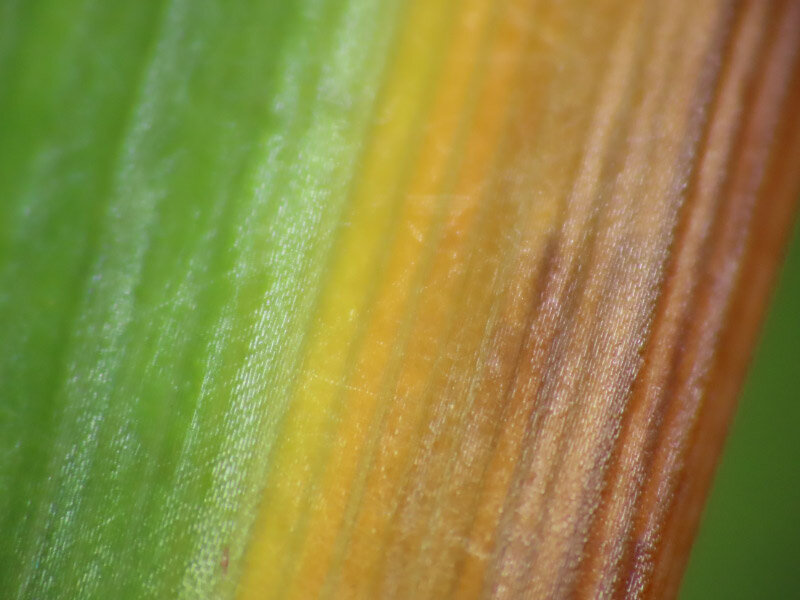Gleanings of the Week Ending October 30, 2021
/The items below were ‘the cream’ of the articles and websites I found this past week. Click on the light green text to look at the article.
Environmentally friendly ways to cool homes – This will be an increasingly ‘hot’ topic for individuals and various levels of business and government. Many electrical utilities are already seeing increased energy consumption during the summer.
What’s Up with White Squirrels and Black Squirrels? – I haven’t seen any white squirrels but we have the occasional black one in our neighborhood (in Maryland).
Medical errors keep killing patients – but there are laws, incentives and mindset changes that could reduce the death toll – Medical mistakes are s leading cause of death, behind heard disease and cancer. This should not be the case. Surely incentives can be used to force changes to the unacceptable status quo.
Deaths linked to ‘hormone disruptor’ chemical costs billions of lost US productivity – A study that included more than 5,000 adults ages 55-64 done by NYU Grossman School of Medicine. The people with the highest concentrations of phthalates in their urine were more likely to die of heart disease than those with lesser exposure. I am no longer storing food in plastic containers unless they phthalate free…the bigger problem is cosmetics/hygiene products. It’s hard to know which ones have it.
Why are you seeing lots of vultures now? – Our area has resident turkey and black vultures…we see a few all year long. In the fall we might see an uptick because of vultures from further north migrating through.
Mushroom consumption may lower risk of depression – Yet another reason to enjoy mushrooms in your diet!
US Moving Towards 30% Electricity from Wind & Solar – By 2026! That is not that far away. I know I’ll probably have solar panels on the roof of my house well before that (and probably some energy storage as well).
Possible Mammoth Butchery Site Found in Arctic Circle – On an island off the northern coast of East Siberia. At the time the animal was killed (26,000 years ago), sea levels were lower, and the island was connected to the mainland.
Nature-based activities can improve mood and reduce anxiety – A metastudy that looked at 50 studies and 14,321 NBI records done by the University of York. Interestingly – they didn’t find that the activities improved physical health!
It’s Time to Ban Gas-Powered Landscaping Equipment – We already have some electric landscaping equipment: blower, trimmer, weed eater. The mower will be next. I am looking forward to it since I notice the exhaust smell and get a scratchy throat every time I mow.



